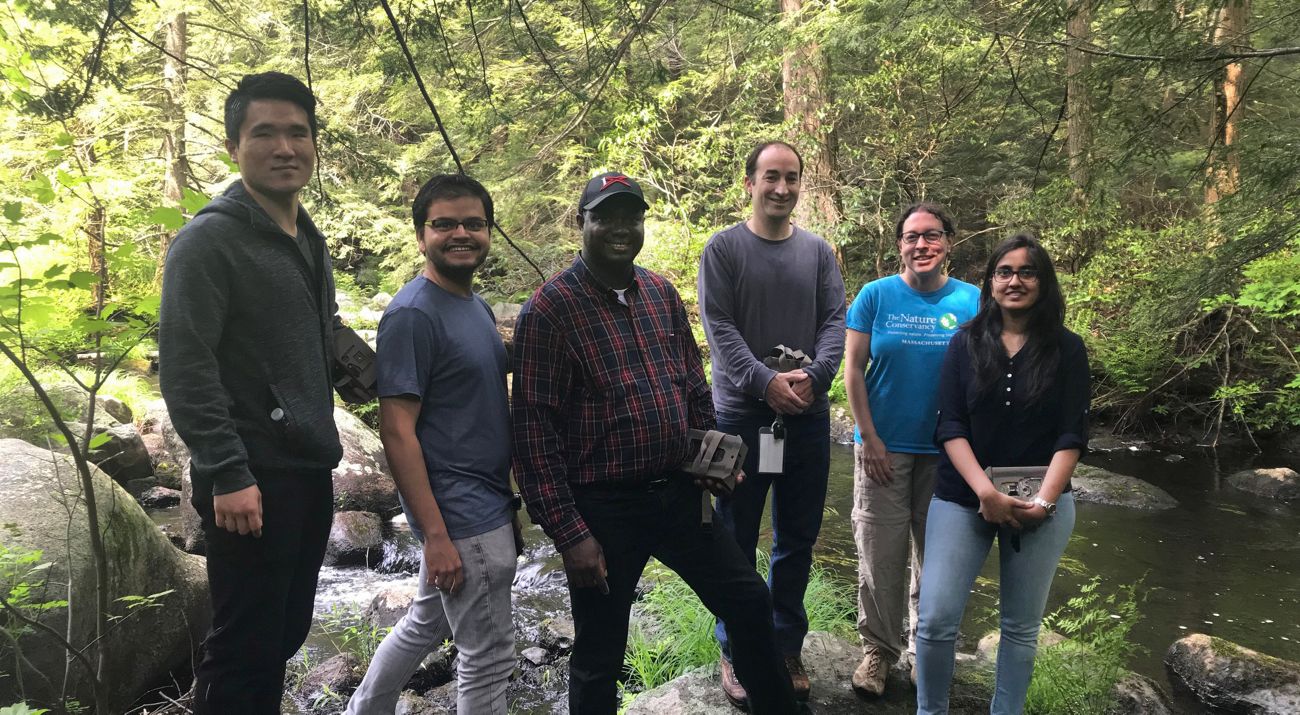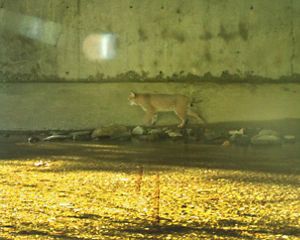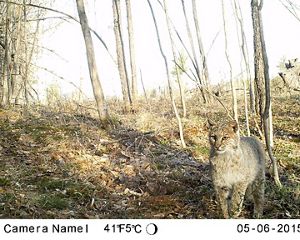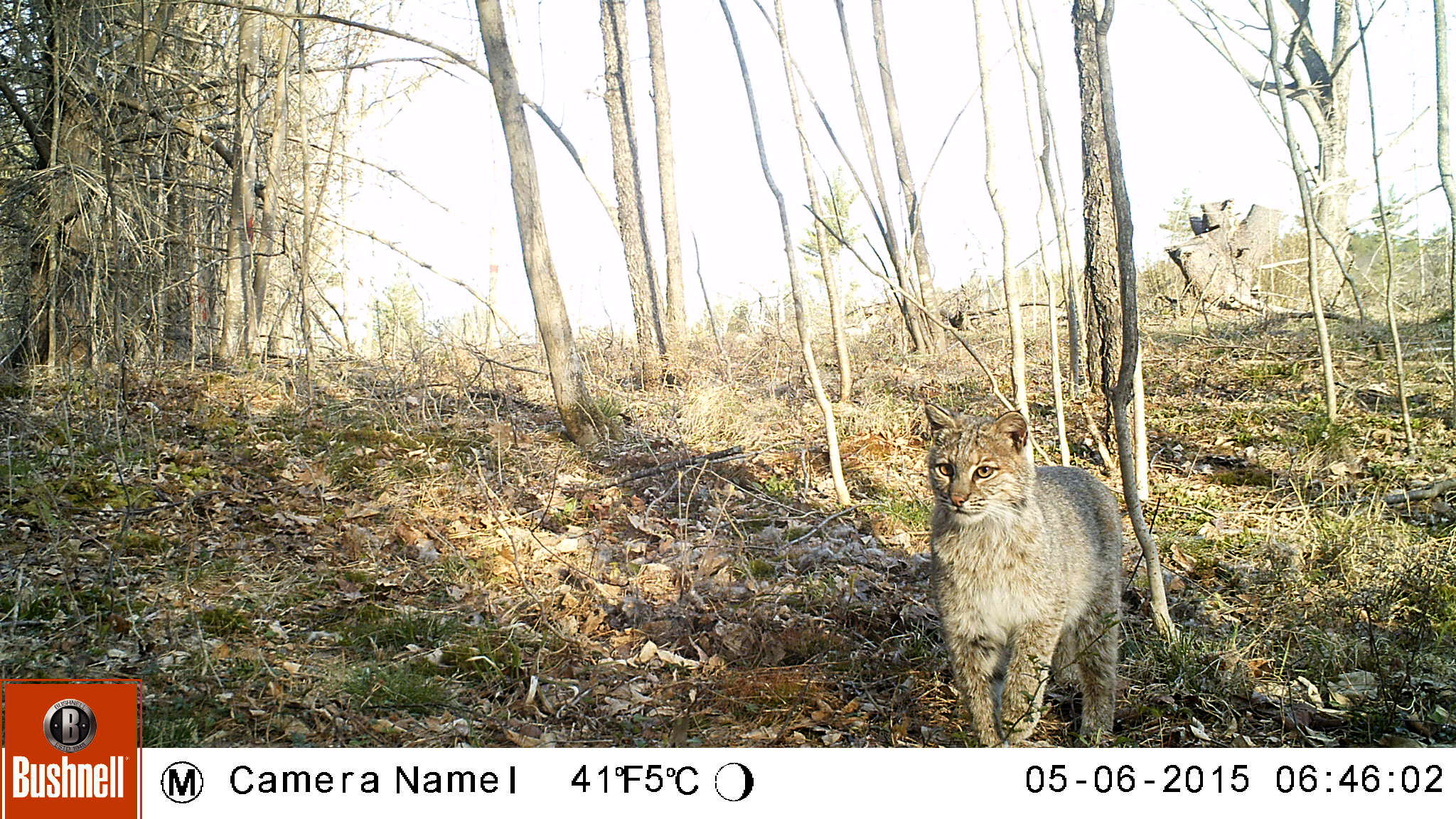Data Science for Wildlife Conservation
How do you spot an animal in a blurry, dark camera trap image? Get a computer to do it.
Finding a pair of fox eyes in a photo of a forest at night is a difficult task. Now imagine the time it would take to look through thousands of photos of that scene, trying to determine if an animal is in any of the shots. This is a challenge for scientists who use remote wildlife cameras in their work, but a new solution is on the horizon.
As it turns out, it is possible to build a computer algorithm that reviews trail camera images and picks out those that contain an animal, even if the image only captured their eyes in the darkness. And thanks to a collaboration between The Nature Conservancy in Massachusetts and the University of Massachusetts Data Science for the Common Good Fellowship Program, that possibility is now a reality. In summer 2019, TNC was one of six nonprofits chosen to work with graduate students from the program to use artificial intelligence technology to solve this conservation challenge.
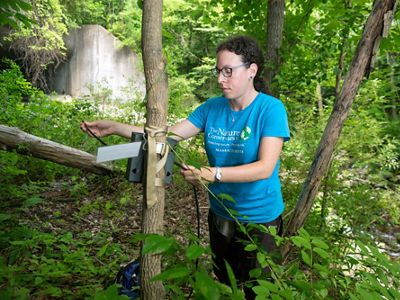
The Science of Camera Trapping
Wildlife cameras—placed in the wild and triggered by motion to take photos of their surroundings—are an inexpensive tool for gathering information about animal activity. They can produce hundreds, if not thousands of images. But because of the sensitive motion-detection technology the cameras use, only some of those images will have animals in them.
It can take scientists, interns and volunteers many hours to go through the images and pull out those with creatures for use in their data and research. This is the problem TNC posed to a team of UMass Amherst students for their project.
“Wildlife cameras are a valuable tool for understanding the species that make their home in or pass through the habitats we are working to conserve,” says TNC in Massachusetts Forest Ecologist Laura Marx. “Being able to process images quickly is key so we can use our time to focus on how to safeguard animals and their habitat.”
Collaborating for the Common Good
The team of UMass Amherst students got to work quickly, first learning about how camera traps work through a fieldtrip to check on a few of TNC’s trail cameras. Back at their computers, they tested two model options to sort through the animal image data.
In the end, they produced an application that can process thousands of wildlife camera images, picking out those that have animals in them and drawing a box around each animal in the photo. The students trained the computer to recognize images with animals in them using a large dataset of photos from TNC and partner organizations.


“TNC’s challenge processing wildlife images is a real conservation issue and a great way to apply cutting-edge computer vision techniques,” says Dr. Matthew Rattigan, director of research programs for the Center for Data Science at UMass Amherst. “AI can do a lot of good in the world, and I hope we can expand the perception of what computer science can do with these types of projects and partnerships.”
“We often forget the true goal of building AI models,” adds Wonho Bae, one of the students who helped develop the tool. “Having this experience collecting our own data in the field—something data scientists rarely get to do—and working with ecologists reminded me that AI itself is not the ultimate goal, it is being able to create something of value that improves our communities and lives.”
Quote: Dr. Matthew Rattigan
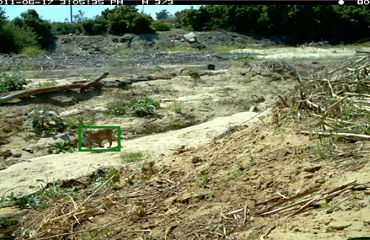
TNC’s challenge processing wildlife images is a real conservation issue and a great way to apply cutting-edge computer vision techniques. AI can do a lot of good in the world.
Sharing Our Science
The tool that the students delivered to TNC in August successfully identified approximately 97 percent of the photos that had animals in them, an impressive success rate for a tool like this. The computer can do in minutes what it would take a human many days to accomplish, saving valuable time. And the algorithm will only get better with use.
TNC is wrapping up the training guide for the tool and plans to share it with partners in the region and across the United States, including the those that are a part of the Staying Connected Initiative in the Northern Appalachians. The student team is currently building a website to house the tool, to ensure it is widely accessible. The more images that are fed into the application, the greater its accuracy.
There’s also hope that the tool can be used in conversations with landowners about the habitat value of their property. It could also enable citizen scientists to collect their own wildlife camera data for sharing more broadly.
“As we work to connect habitats that will sustain plants and animals well into the future, this kind of tool is so important,” says Marx. “It will help us monitor and ensure that animals can move freely throughout wildlife corridors in Western Massachusetts and beyond.”
